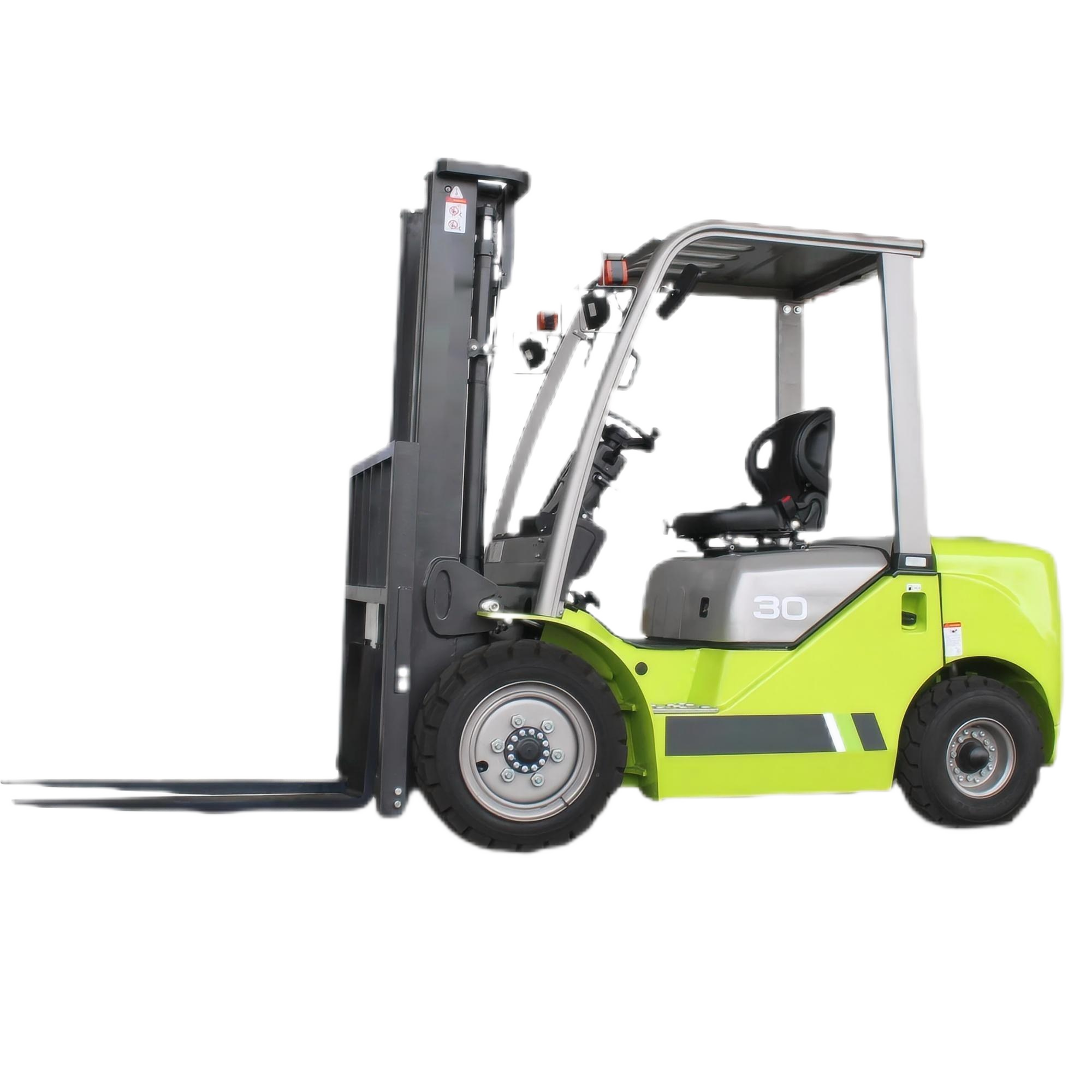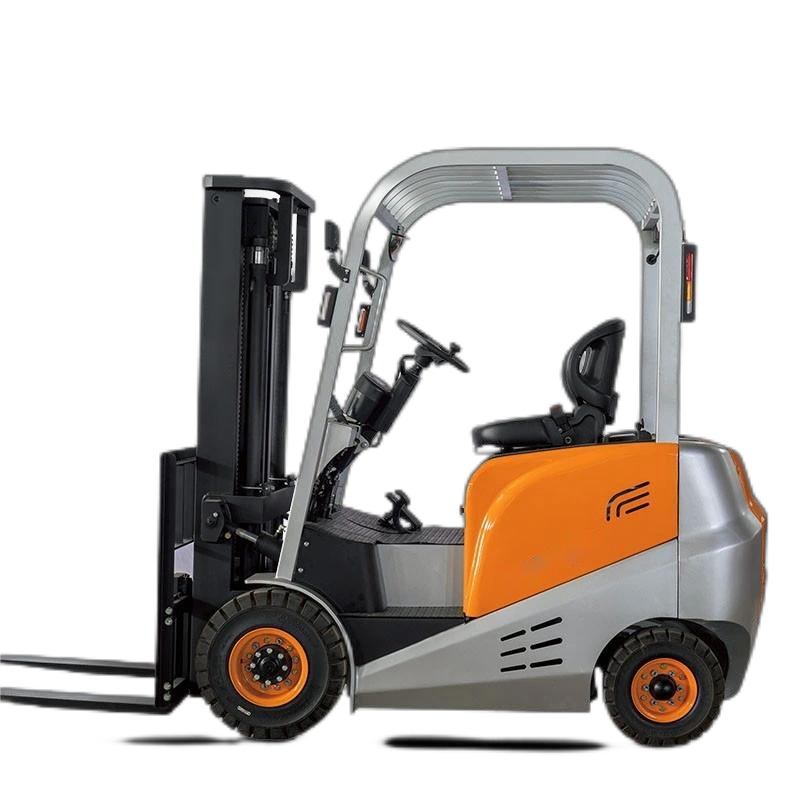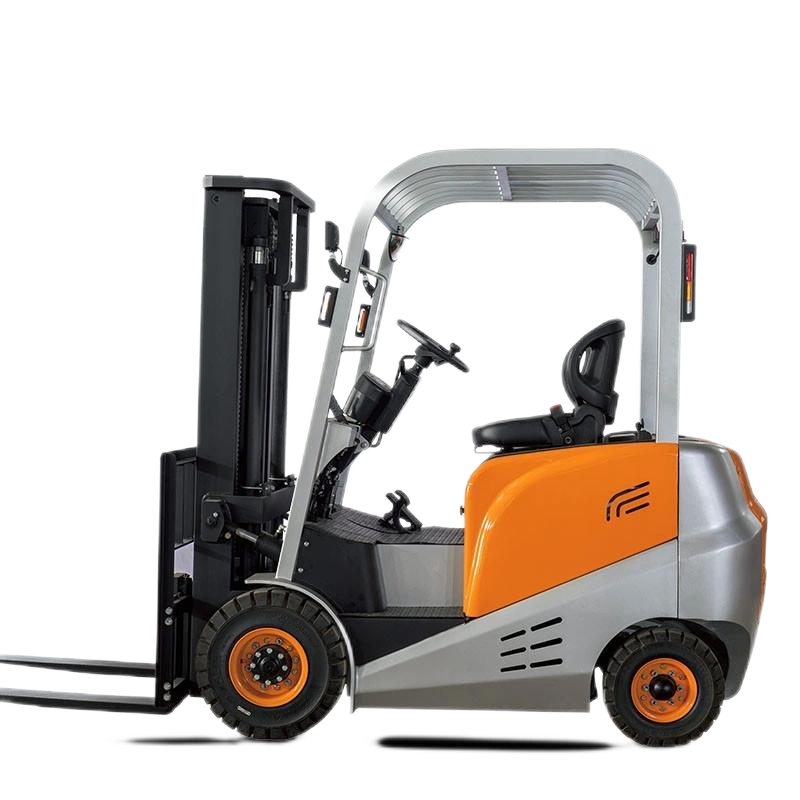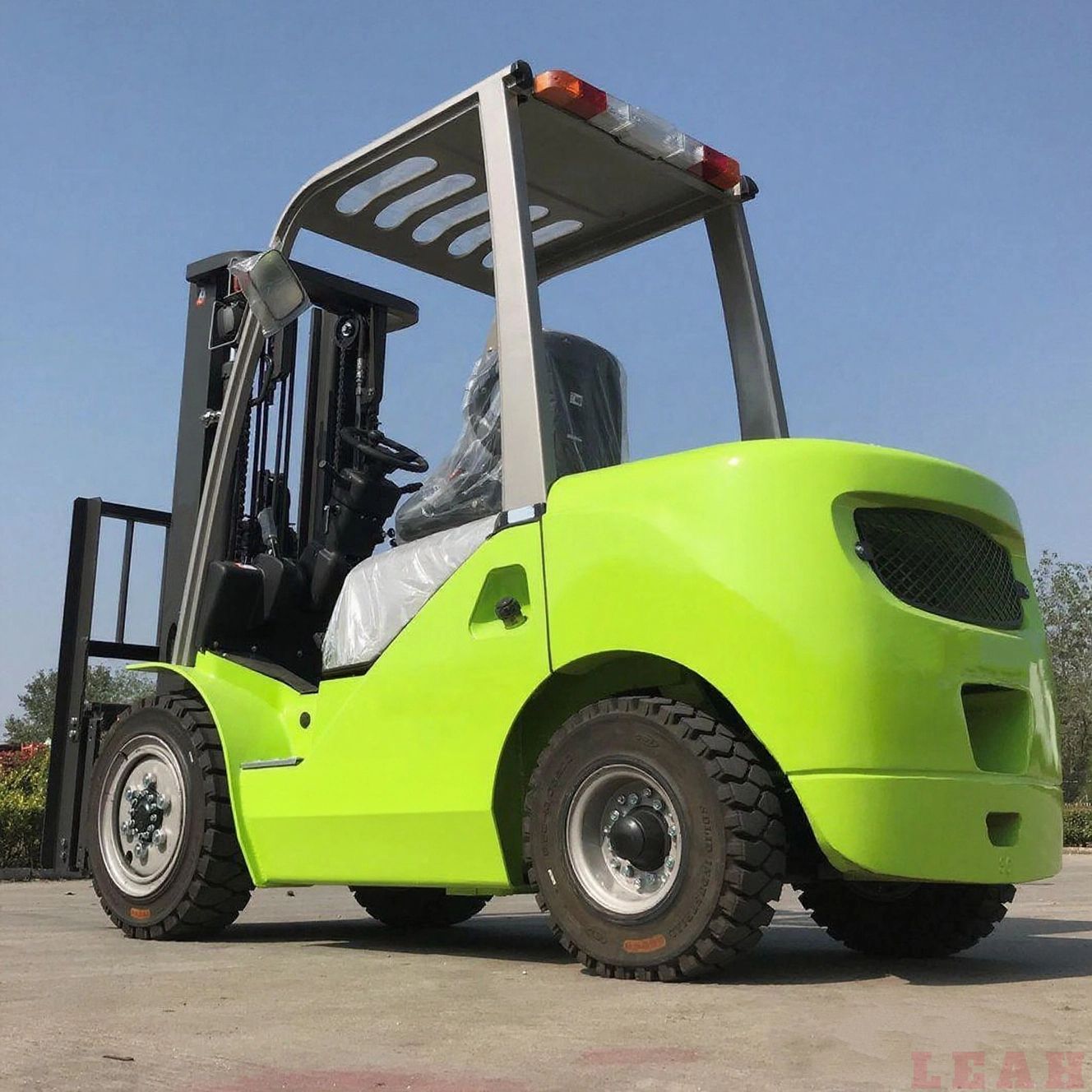Electric forklift batteries (typically lead-acid batteries, the most common type) are critical for operational efficiency and longevity—poor maintenance can cut their lifespan by 30-50% and increase downtime. Below is a comprehensive guide to electric forklift battery maintenance, covering daily checks, charging best practices, watering (for flooded lead-acid batteries), cleaning, and long-term care.
1. Daily Pre-Operation Maintenance (5-10 Minutes)
Start each shift with a quick inspection to catch issues early. Focus on these key areas:
| Check Item | What to Do | Why It Matters |
|---|---|---|
| Battery Case & Terminals | Inspect for cracks, leaks (acid or electrolyte), or physical damage. Check terminals for corrosion (white/greenish buildup) or loose connections. | Cracks/leaks lead to electrolyte loss and short circuits; corrosion/loose terminals cause poor power transfer (sluggish forklift) or overheating. |
| Cable Connections | Ensure battery cables are tight (no wiggle) and insulation is intact (no fraying or exposed wires). | Loose cables waste energy and damage terminals; frayed insulation risks short circuits or electric shock. |
| Electrolyte Level (Flooded Batteries Only) | Check the "minimum/maximum" level marks on the battery’s cell caps. Electrolyte should cover the battery plates by ~1/2 inch (12mm). | Low electrolyte exposes plates to air, causing permanent sulfation (reduces capacity); overfilling leads to electrolyte spillage (corrodes metal). |
| Charge State | Use the forklift’s built-in battery gauge or a handheld hydrometer (for flooded batteries) to confirm charge level. Aim for 70%+ charge at the start of a shift. | Operating below 20% charge (deep discharge) damages plates and shortens battery life. |
| Vent Caps (Flooded Batteries Only) | Ensure caps are securely tightened (not over-tightened) to prevent electrolyte splashing during operation. | Loose caps cause electrolyte loss and allow debris to enter cells. |
2. Charging Best Practices (Critical for Longevity)
Charging is the most impactful factor for battery lifespan—avoid "quick fixes" like partial charges. Follow these rules:
A. When to Charge
- Never let the battery drop below 20% charge (check the gauge: most forklifts alert at 20-30%). Deep discharge (below 20%) causes irreversible plate damage.
- Charge the battery after 8-10 hours of use (or when the gauge hits 30%), even if it’s not fully drained. "Topping off" (charging for 1-2 hours mid-shift) is only acceptable if the battery is above 50% charge.
- Avoid opportunistic charging (e.g., 15-minute charges between tasks)—this creates "memory effect" (battery "forgets" its full capacity) in lead-acid batteries.
B. How to Charge
- Prepare the charging area: Ensure it’s well-ventilated (flooded batteries release hydrogen gas during charging, which is explosive in enclosed spaces). Keep fire extinguishers (Class ABC or BC) nearby and no open flames.
- Park the forklift safely: Turn off the forklift, set the parking brake, and disconnect the battery from the forklift (follow the manufacturer’s steps—some models require removing a connector or flipping a switch).
- Connect the charger correctly:
- Plug the charger into a grounded outlet first (reduces spark risk).
- Connect the charger’s positive (+) clamp to the battery’s positive terminal; negative (-) clamp to negative terminal. Ensure clamps are clean and make full contact (no sparks).
- Set the correct charge rate: Use the charger’s "slow charge" mode (2-10 amps) for daily charging. Fast charging (10+ amps) should only be used in emergencies—overuse causes overheating and plate damage.
- Complete the full charge cycle: Let the battery charge until the charger automatically shuts off (most modern chargers have a "float mode" to prevent overcharging). Do not unplug early—partial charges reduce capacity over time.
- Disconnect safely: Unplug the charger from the outlet first, then remove the clamps (negative first, then positive) to avoid sparks.
3. Watering (Flooded Lead-Acid Batteries Only)
AGM (absorbent glass mat) or gel batteries are "maintenance-free" and do not require watering. For flooded batteries:
A. When to Water
- Only water after charging—electrolyte expands when charged, so adding water before charging can cause overflow.
- Check levels every 5-10 charge cycles (or weekly, for heavy use). If the battery is used 2+ shifts daily, check levels twice a week.
B. How to Water
- Use the right water: Only use distilled or deionized water—tap water contains minerals that coat plates and reduce capacity.
- Remove vent caps: Twist or pop off caps (some batteries have a single manifold cap).
- Add water slowly: Use a battery waterer (preferred) or a small funnel to fill each cell to the "maximum" level mark. Do not overfill—excess electrolyte will spill during charging and corrode the battery case, forklift frame, or floor.
- Replace caps securely: Ensure caps are tight to prevent spills and debris entry.
4. Cleaning (Monthly or As Needed)
Dirt, oil, and corrosion build up over time, leading to poor performance and safety risks.
A. Clean the Battery Case & Terminals
- Safety first: Wear acid-resistant gloves, goggles, and a apron. Have a bucket of baking soda solution (1 cup baking soda + 1 gallon water) on hand to neutralize acid spills.
- Wipe the case: Use a damp cloth (dipped in baking soda solution if there’s acid residue) to wipe the battery case. Avoid getting water inside the cells (keep vent caps on).
- Clean terminals:
- If there’s corrosion, disconnect the cables (negative first).
- Scrub terminals with a wire brush dipped in baking soda solution until corrosion is gone.
- Rinse terminals with distilled water and dry with a clean cloth.
- Reconnect cables (positive first, then negative) and apply a thin layer of petroleum jelly or terminal protector to prevent future corrosion.
B. Clean the Charger & Cables
- Wipe the charger with a dry cloth to remove dust (do not use water on the charger itself).
- Inspect charger cables for fraying—replace damaged cables immediately to avoid shocks or short circuits.
5. Long-Term Maintenance (Quarterly & Annual)
A. Quarterly Checks
- Load test: Use a battery load tester to measure the battery’s capacity under real-world conditions. A healthy battery should maintain 90% of its rated capacity (e.g., a 48V/500Ah battery should test at ~450Ah).
- Inspect for sulfation: Look for a white, crusty layer on the battery plates (visible through cell openings). Sulfation occurs from deep discharge or infrequent charging—use a battery desulfator (if available) to restore capacity, or replace the battery if sulfation is severe.
- Check battery hold-downs: Ensure the battery is securely fastened to the forklift with hold-down straps or brackets. A loose battery can shift during operation, damaging cables or the case.
B. Annual Maintenance
- Professional inspection: Have a certified technician check the battery’s internal condition (e.g., plate health, cell voltage balance) and test the charger’s functionality.
- Replace worn parts: Replace corroded terminals, frayed cables, or damaged vent caps. If the battery is 5+ years old (average lifespan for lead-acid forklift batteries), start planning for a replacement—performance will decline rapidly after this point.
6. Storage Tips (For Inactive Batteries)
If the forklift will be unused for 2+ weeks (e.g., holidays, maintenance):
- Charge the battery to 100% first (never store a discharged battery).
- Disconnect the battery from the forklift to prevent parasitic drain.
- Store in a cool, dry area (50-77°F / 10-25°C) away from direct sunlight or heat sources.
- Check the charge level monthly—recharge if it drops below 70%.
- For flooded batteries, check electrolyte levels before storage and top off if needed.
Key Don’ts to Avoid
- ❌ Do not mix battery types (e.g., lead-acid with AGM) or use a charger not rated for your battery’s voltage (e.g., 36V charger for a 48V battery).
- ❌ Do not operate the forklift with a damaged battery (cracks, leaks)—acid can cause burns or equipment damage.
- ❌ Do not add acid to a flooded battery (only water)—adding acid upsets the electrolyte balance and destroys plates.
- ❌ Do not smoke or use open flames near charging batteries (hydrogen gas is explosive).
By following this maintenance routine, you can extend your electric forklift battery’s lifespan to 5-7 years (vs. 3-4 years with poor care) and ensure consistent performance. Always refer to your forklift and battery manufacturer’s manual for model-specific guidelines—some newer lithium-ion forklift batteries have different maintenance requirements (e.g., no watering, faster charging).








